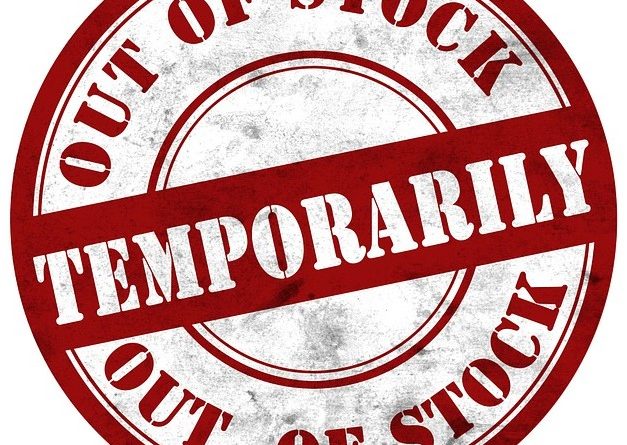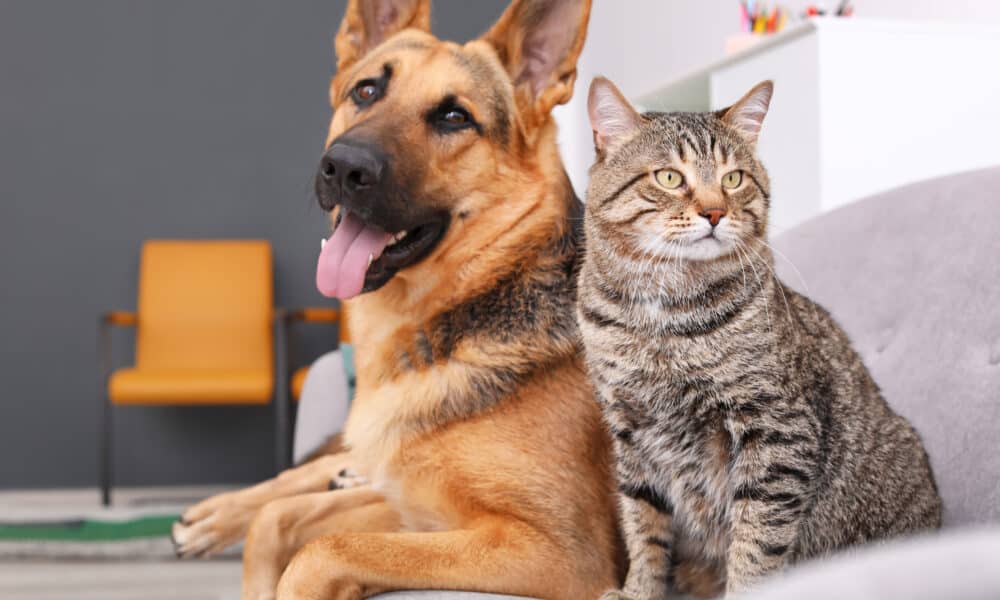How COVID-19 Disruptions Impact Pet Food Supply: Essential Tips for Pet Owners
The COVID-19 pandemic has created significant challenges not only for people but also for their pets. Among these challenges is the sporadic availability of popular pet foods due to supply chain issues exacerbated by social distancing measures and safety protocols in production facilities. As pet owners grapple with finding suitable food options, it is crucial to understand how to mitigate potential shortages and ensure the wellbeing of our furry companions.
Understanding Supply Chain Challenges
The backorders of pet food products can lead to heightened stress for pet owners as they scramble to find alternatives. An abrupt change in a pet’s diet can pose health risks, especially for those on therapeutic diets for medical conditions. To maintain your pet’s health, here are strategies to prevent running out of food and manage the transition if it occurs.
Tips to Prevent Running Out of Your Pet’s Food
1. Plan Ahead
- Assess your pet’s needs: Depending on factors like weight, activity level, and food calorie density, keep a backup supply of 2-3 months’ worth of food.
- Consider specific dietary requirements: Some pets may necessitate more specialized food options, so plan accordingly.
2. Avoid Hoarding
- Purchase smaller bags: Store multiple smaller bags of food instead of large bulk quantities. Once opened, dry pet food can lose its freshness.
- Be aware of expiration dates: Ensure you buy only what can be consumed before the food expires.
3. Store Food Properly
- Avoid extreme temperatures: Store pet food in a cool, dry place and avoid transferring it to bins without proper sealing.
- Consult resource guides: Refer to resources like “The Scoop on Storing Pet Food” for best practices.
4. Identify Backup Options
Talk to your veterinarian about alternative diets that have similar nutritional profiles. For pets with complex dietary needs, consider consulting a Board Certified Veterinary Nutritionist™. This preparedness will help you transition smoothly in case your usual pet food becomes unavailable.
Evaluating Your Pet’s Diet
5. Monitor Caloric Intake
This is an ideal time to reassess how much food you are providing. Consult your veterinarian to adjust portion sizes if your pet requires weight management. Reducing portions can lead to better health and savings for you.
6. Rethink Dietary Restrictions
Evaluate whether your pet truly needs specific dietary restrictions. There is considerable misinformation regarding food allergies; a simple conversation with your veterinarian might reveal more suitable options than you initially thought.
What to Do If Your Pet’s Food Is Out of Stock
7. Explore Availability
- Search multiple retailers: Look for availability online through various vendors or reach out directly to manufacturers for guidance on stock locations.
- Consider alternative flavors or sizes: For many pets, a different flavor or size may suffice. However, consult your veterinarian before making changes, particularly for pets with medical issues.
8. Transitioning Diets
Some pets can switch diets suddenly, while others may require a gradual transition over 7-10 days. Familiarize yourself with your pet’s specific needs and calorie requirements to avoid any feeding discrepancies. Understanding the caloric content of the old and new diets can prevent overfeeding or underfeeding.
9. Consider Home Cooking Cautiously
If tempted to cook for your pet, it is essential to have a nutritionally balanced recipe and guidance from a licensed veterinary nutritionist. This requires commitment in both time and resources.
Conclusion: Preparing for Future Disruptions
As we navigate the uncertainties brought by COVID-19, addressing pet food availability remains a priority for every pet owner. By planning ahead and implementing these strategies, you can better safeguard your pet’s nutritional health during potential supply chain disruptions.











